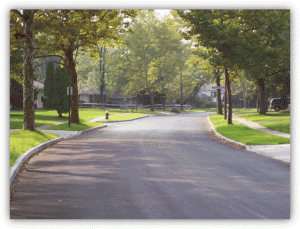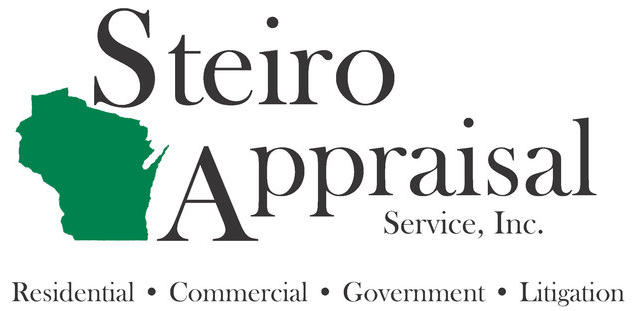Examples
- Air rights
- Shadow easements
- Partial interests
- Conservation easements
- View shed easements
- Other easements
- Minority interests
- Access rights
- Parking rights
- Partial takings
- Utility corridors
- Impact studies
- Land use studies
- Highest and best use studies
- Appraisal review
- Tax abatement
 EMINENT DOMAIN
EMINENT DOMAIN
The village, town or city is taking a portion of your property for a highway relocation or expansion.
SECOND OPINION
When a property is impacted by a proposed right-of-way project, the Department of Transportation concludes an offer of just compensation for the effected real estate based on an appraisal. The property owner is then given the opportunity to request that a second opinion appraisal be done to determine if the amount offered is adequate.
EASEMENTS
In recent years, the increased level of easement acquisition, particularly by energy and telecommunication companies, has prompted a number of reasons for easement appraisal to include proposed easement acquisition, appraisal of property encumbered with one or more easements, and analysis of property sales already encumbered with easements. An easement is a specifically defined interest (estate) in property and is owned by someone other than the owner of the underlying fee simple interest. It is a dominant estate and the underlying fee is a servient estate. The easement document specifically delineates what property rights are involved and should be included in the appraisal report. No two easements are exactly alike. Each easement is associated with a particular property and is unique from other easements on that property and to easements situated on other properties. Easements are not a type of highest and best use. An individual easement is not a right of way system or corridor.
PARTIAL ACQUISITION
Also referred to as the part taken, take, or partial take. A fee taking involves all of the rights of ownership; however, an easement involves a partial taking of rights and, in many cases, the interest taking involves but a portion of the total property. Different kinds of partial takings include:
- The fee taking of a part of the total property
- An easement taking affecting the total property
- An easement taking of part of the total property
An easement acquisition is always a partial acquisition. Even if the proposed easement physically covers the entire subject whole property, the underlying fee estate is not acquired. The underlying fee owner still has a beneficial interest in the property. A partial acquisition can involve physical property or legal rights (such as access rights), or both. The appraisal of easements requires identification of the type of easement and the physical parts of the total property affected.
 REMAINDER PROPERTY — The remainder property includes those portions of the total property not taken plus the property rights remaining to the owners of the easement area itself. For example, a pipeline easement across a farm will leave the landowner with land areas not within the easement, plus the right to use the surface area of the easement area after construction for crops. As a result of some easement acquisitions, the remainder property may have a different highest and best use than that of the original whole property.
REMAINDER PROPERTY — The remainder property includes those portions of the total property not taken plus the property rights remaining to the owners of the easement area itself. For example, a pipeline easement across a farm will leave the landowner with land areas not within the easement, plus the right to use the surface area of the easement area after construction for crops. As a result of some easement acquisitions, the remainder property may have a different highest and best use than that of the original whole property.
